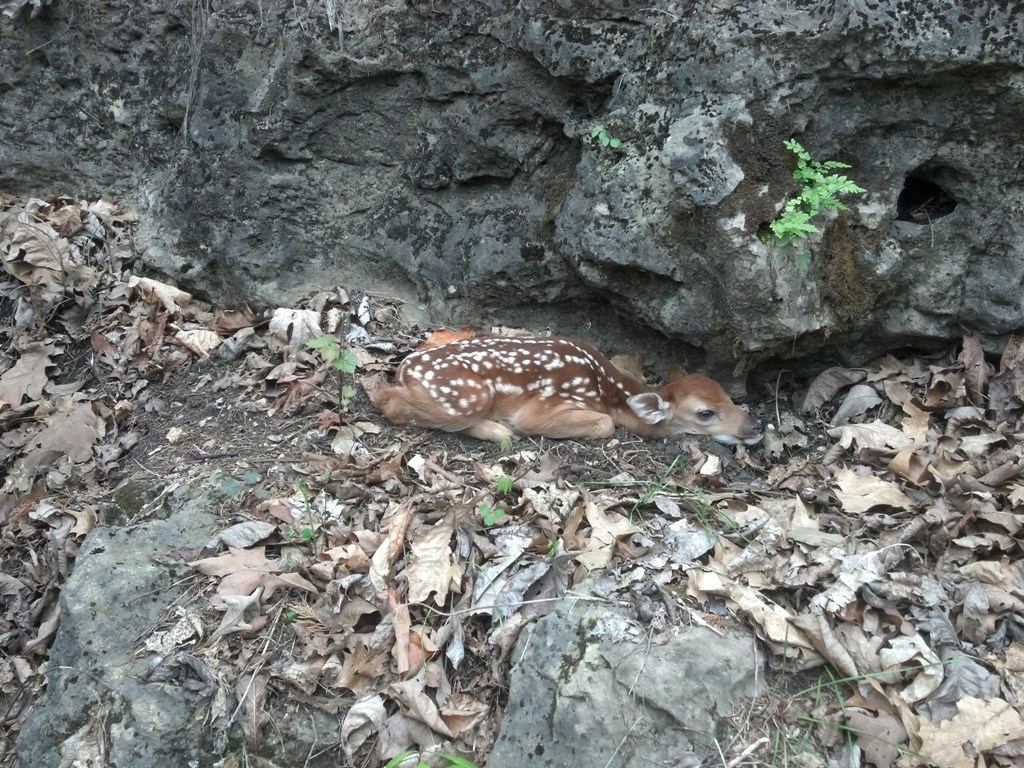Whitetail Management: Stress And Genetic Potential
Filed under: Deer Management, Hunting Blog, White-tailed Deer
Removing stress from wildlife allows them to express more of their genetic potential. As managers we don’t improve genetics of free-ranging wild creatures. That requires knowing the pedigree (the sire and dam for several generations) which is totally impractical in free-ranging wild populations.
The best we can do is manage the population and habitat so each individual can express their full genetic potential. For example, a mature buck that’s limited to consuming hardwood twigs and fescue won’t produce as large of antlers or body size as that same buck if it was consuming soybean forage during the summer and soybean pods (and other forages) during the winter.
Managers can reduce the stress deer and other forms of wildlife experience by improving the quality of food, cover, and water and reducing the number of predators (should the predator/prey populations be out of balance). The natural world is dynamic. That is to say the balance of the number of critters in relation to the amount of quality food, cover, water, and predators is always changing!
We’re expecting a significant change later this week at The Proving Grounds. There’s a good chance of snow in the forecast! I heard on the radio that snow hasn’t been recorded in May in my area for more than 100 years. The cold conditions that are associated with this storm will certainly be very stressful for deer that have begun to shed their winter coat and replace it with the shorter, thinner summer coat. Staying warm will cost critters a lot of energy.
There are probably a couple of newly born fawns at my place. Most fawns are born during late May/early June, but there are always those that are born a few weeks earlier or later than “normal.” Freezing wet conditions will make survival very tough on newborn fawns.

Most fawns are born during late May/early June but there are always those that are born a few weeks earlier or later.
Likewise there are probably a few turkey poults that have hatched already. Cold wet conditions will likely result in a 100% loss of those early born poults.
We can’t change (or even accurately predict) the weather. We can manage the habitat to provide quality food, cover, and water to help wildlife survive such storms. It’s critical to manage the wildlife populations so that there is more food than required during good conditions – as bad conditions will always occur.
We manage for very high quality native forage and cover at The Proving Grounds. There’s plenty to eat, fresh water to drink, and great cover for wildlife to seek during this arctic blast. Such storms have probably occurred before weather records were kept and they’ll probably occur again. That’s why quality habitat management is critical for allowing wild, free-ranging deer to express their potential. As managers, we can have an impact on the habitat quality and the amount of genetic potential the local herd expresses. We can’t impact the genetic quality of wild, free-ranging deer. I’m glad we can’t – that’s what makes them wild!
Growing Deer together,
Grant




